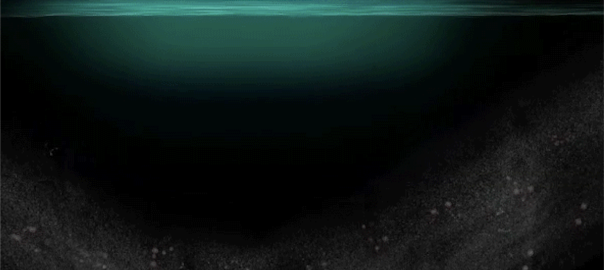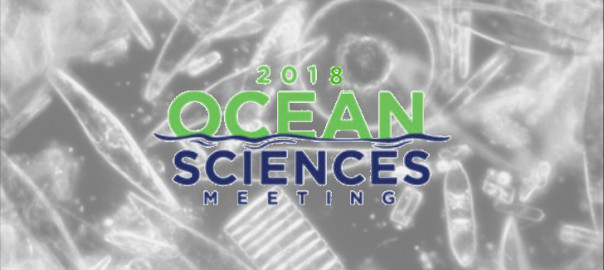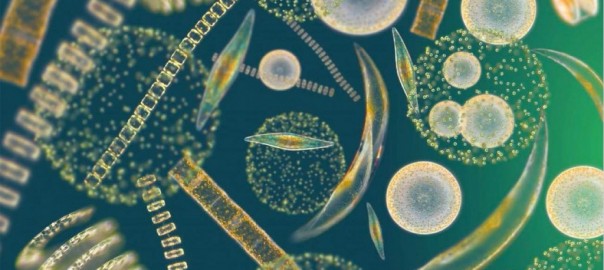Computer models of global ocean biogeochemistry typically don’t include the day/night light cycle. CBIOMES researchers are. Continue reading New model sheds light on day/night cycle in the global ocean


Computer models of global ocean biogeochemistry typically don’t include the day/night light cycle. CBIOMES researchers are. Continue reading New model sheds light on day/night cycle in the global ocean

Look out for the Darwin team, sharing their work at this year’s Ocean Sciences conference taking place February 11-16 in Portland, Oregon. Continue reading Darwin Goes to Ocean Sciences 2018

Look out for the Darwin team, sharing their work at this year’s Ocean Sciences conference taking place February 21-26 in New Orleans, Louisianna. Continue reading Darwin Goes to Ocean Sciences 2016

by Sergio Vallina
Dept of Marine Biology and Oceanography, Institute of Marine Sciences, Barcelona
How does species richness vary with ecosystem productivity for marine phytoplankton? This question has fascinated biological oceanographers for decades. Phytoplankton communities are composed of many species of unicellular micro-algae. They are at the base of the marine trophic foodweb, growing and surviving by means of photosythesis by fixing CO2; a process known as primary production. Continue reading Phytoplankton Diversity versus Productivity in the Ocean
Vallina, S.M., M.J. Follows, S. Dutkiewicz, J. Montoya, P. Cermeno, and M. Loreau (2014),
Global relationship between phytoplankton diversity and productivity in the ocean, Nature Communications, 5, 4299, doi: 10.1038/ncomms5299

Leaving the cold of a New England February behind, the Darwin team will be in full attendance at this year’s Ocean Sciences conference taking place February 23-28 in Honolulu, Hawaii.

Predators’ switching towards the most abundant prey is a mechanism that stabilizes population dynamics and helps overcome competitive exclusion of species in food webs. However, current formulations of active prey-switching in marine ecosystem models display non-maximal feeding; the total ingestion of prey by predators decays exponentially with the number of prey species even though the total prey biomass stays constant.
Continue reading The dynamics of dining in an all-you-can-eat-phytoplankton buffet
Vallina, S. M. , B. A. Ward, S. Dutkiewicz, and M. J. Follows (2013), Maximal feeding with active prey-switching: a kill-the-winner functional response and its effect on global diversity and biogeography, Progress in Oceanography, 120, 93–109, doi: 10.1016/j.pocean.2013.08.001